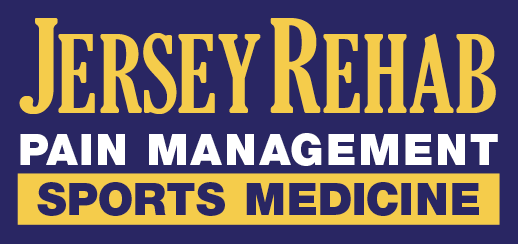Elbow Pain FAQ
Your elbow may hurt for a number of reasons. If you’re experiencing a burning sensation, it is indicative of an inflamed tendon. If the pain is sharp and sudden, it could be due to an injury like a dislocation or a fracture. If your elbow pain is accompanied by a fever, there may be some type of an infection. Tingling or numbness indicates the involvement of nerves and it is best to seek medical advice. The diagnosis of elbow pain causes can usually be done with a physical examination, although your doctor may suggest an x-ray to support the diagnosis.
The most common cause of elbow inflammation is Lateral Epicondylitis, also known as tennis elbow. It involves inflammation of the tendon that attaches your elbow bone to your forearm muscles. Tennis elbow can be quite painful and it may hurt every time you move your forearms or even grip something with your fingers. The pain usually starts mildly and worsens gradually. Those who over exert their forearm muscles like when painting, plumbing, doing carpentry, or typing are more prone to developing tennis elbow.
Other conditions that result in elbow inflammation include Medial Epicondylitis, which causes discomfort around the joint; Olecranon Bursitis, which causes swelling of the sac between your elbow bone and skin; and Rheumatoid Arthritis.
Some home remedies have proved fairly effective in reducing elbow inflammation. Try putting ice on your elbow for about half an hour every 4 hours. This should cause the pain to subside and swelling to reduce in a couple of days. Use an elbow strap to prevent further strain to the swollen tendon. Doing ROM (range of motion) exercises a few times a day may help increase flexibility. If you’re experiencing persistent pain, it’s best to consult a doctor. The treatment may include resting your elbow, using a support, anti-inflammatory medication and physiotherapy. In rare cases, surgery may be needed.
Swelling is typically the first symptom of elbow bursitis. Since the skin in the region is loose, most people don’t notice the swelling till it becomes painful. The swelling gradually becomes a lump that you can feel with your fingers. At this stage, there’s discomfort and pain, especially when you stretch your arms or move them suddenly. If you notice redness in the region, it may be indicative of septic bursitis. This condition is typically accompanied by fever. In certain cases, the skin covering the elbow becomes much warmer. Don’t take such symptoms lightly. Seeking medical care in time can prevent the infection from spreading.
